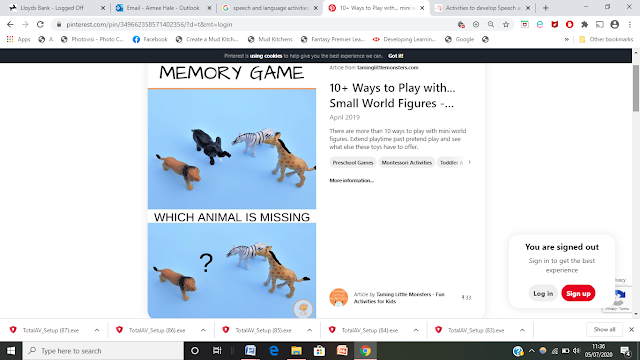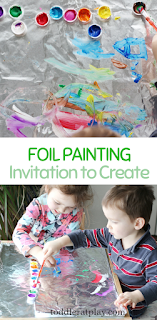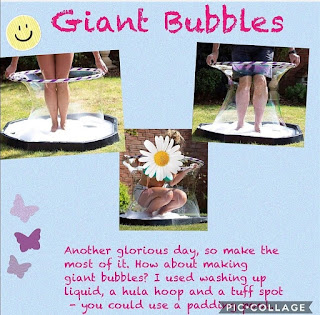Physical activities
Physical Activities Children have high levels of energy that need to be expended, and the benefits of physical activity are critical to a child’s physical and mental growth. Children who are physically active tend to have longer attention span and have fewer behavioural problems. Being physically active also helps children to: Develop strong bones Develop gross and fine motor skills Build strength, endurance, and flexibility Build confidence Achieve and maintain a healthy weight Decrease stress levels Improve social skills Improve balance and coordination Improve posture Improve concentration Improve sleep Here are some ideas apart for the usual running, walking, biking, jumping etc. Row, Row, Row Your Boat This indoor physical activity is great for children’s physical development and socialization with no equipment necessary. In this exercise, children sit facing a partner with





